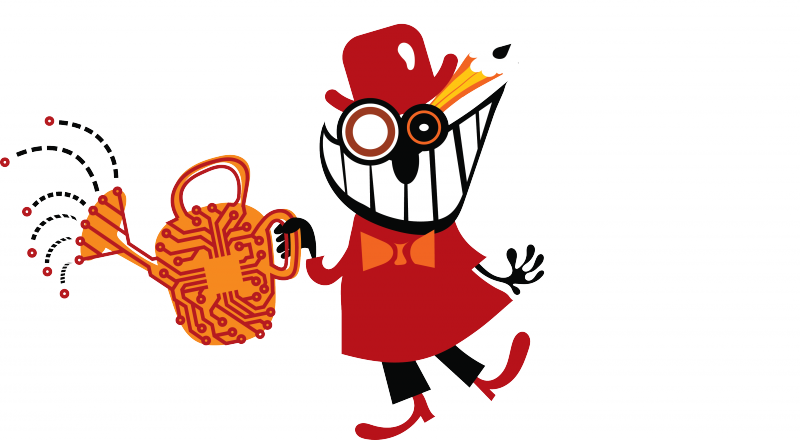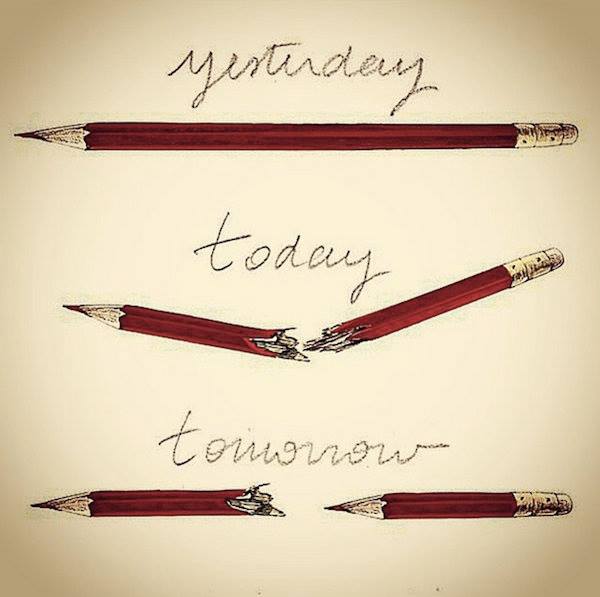The centenary anniversaries of Rossellini, Soldati and Visconti
The Magic Flute by Kenneth Branagh in premiere at the Teatro La Fenice
The great French actress, Catherine Deneuve, will preside over the International Jury of the 63rd Venice International Film Festival, to be held between 30th August and 9th September 2006, and which will assign the Golden Lion for best film.
The decision was taken by the Board of Directors of the Biennale di Venezia, chaired by Davide Croff, approving the suggestion made by Marco Müller, Director of the 63rd Festival.
The symbol of French cinema and one of the most admired actresses by those in the trade and by the public, Catherine Deneuve was launched as a muse of European art films in Venice in 1967, where she obtained her first worldwide success, playing the role of Séverine in Luis Buñuel’s Belle de jour, awarded the Golden Lion. She has returned subsequently to the Lido as protagonist on a number of occasions, starting with the celebrated Tristana (1970), again by Luis Buñuel, and in 1998 won the Coppa Volpi for best actress in Nicole Garcia’s Place Vendôme. In recent years, she has played the lead role in various films competing at the Festival, from Le vent de la nuit (1999) by Philippe Garrel, to Manoel de Oliveira’s Um filme falado (2003) and Rois et reine (2004), by Arnauld Desplechin.
“We are proud that such a personality as Catherine Deneuve should chair the jury in Venice”, declared Davide Croff and Marco Müller. “Her magical charisma and knowledge as protagonist of great cinema, will bring calm and balance to the work and opinions of the jury members”.
The Board of Directors of the Biennale has also approved a series of major initiatives, consolidating a line adopted in recent years, linking the International Film Festival to the city of Venice. In order to celebrate the hundredth anniversary of the birth of three masters of Italian cinema – Roberto Rossellini, Mario Soldati and Luchino Visconti – two special evenings will be held in the city centre in collaboration with the Comune di Venezia – Circuito Cinema Comunale, and with the Cineteca Nazionale del Centro Sperimentale di Cinematografica-SNC di Roma, offering the screenings of restored versions of the following masterpieces: Roberto Rossellini’s Roma città aperta (1945), Luchino Visconti’s Ossessione (1943) and Il Generale della Rovere by Roberto Rossellini in the original version that won the Golden Lion in Venice in 1959 and never again subsequently shown to the public. There will also be two episodes (one by Rossellini, the other by Visconti) of Siamo donne (1953) and La provinciale (1953) by Mario Soldati.
Finally, the world premiere of Kenneth Branagh’s extraordinary Magic Flute will be held at the Gran Teatro la Fenice on Thursday 7th September. This event will be followed by a celebration in the Doge’s Palace.
Catherine Deneuve - biographical notes
Born in Paris, Deneuve is a symbol for French cinema (she is known as “la Reine Blanche”), and is without a doubt one of the greatest and most admired actresses in the world. She was only 13 when she made her screen debut in La collégienne (1957, by André Hunebelle), but she gained in popularity at the age of 19 as Justine in Le vice et le vertu (1962) by Roger Vadim (her boyfriend of the time). In a very different role, her popularity grew as lead role in the musical that won at Cannes, Les parapluies de Cherbourg (1963) by Jacques Demy, in which she sings and dances. In 1965, Roman Polanski, only recently arrived in the West, gave her a destabilising role in Repulsion, as a schizophrenic manicurist. Deneuve played the part with disturbing realism and opened new horizons over and beyond her pale, classical beauty. Working with Luis Buñuel, it was for her two roles of great but opposing appeal or purity/perversion that she made the headlines and launched her as muse of European art films: first as Séverine, the surprising and ambiguous bourgeoise in Belle de jour (1967), then as the enigmatic and dark Tristana (1970). Another director to develop her ‘Buñuelian’ character, moving it towards l’amour fou, was François Truffaut in La sirène du Missisipi (1969). She worked with Truffaut again in Le dernier métro (1980), perhaps her greatest role (for which she was awarded the César), in which she was once more passionate and in control, in an exemplary love story alongside Gérard Depardieu. A great star, she was sought after not only by French filmmakers but also by American (April Fools, 1969, by Stuart Rosenberg) and Italian directors. With these, she had a particularly fruitful relationship, working for directors ranging from Marco Ferreri (La cagna, 1971, and Non toccare la donna bianca, 1973), to Mauro Bolognini (Fatti di gente perbene, 1974), Dino Risi (Anima persa, 1974), and Mario Monicelli (Speriamo che sia femmina, 1985). She was a candidate for the Oscar and awarded a César in 1992 for her role in Indochine, by Régis Wargnier. She continued to be extremely busy in international art films, with de Oliveira (O convento, 1995), Nicole Garcia (Place Vendôme, 1998, Coppa Volpi in Venice), Lars Von Trier (Dancer in the Dark, 2000), François Ozon (8 donne, 8 femmes, 2002). For the end of 2006, two films will be released with her in a leading role: Le Concile de pierre by Guillaume Nicloux, and Les Héros de la famille by Thierry Klifa.
 Chatelin Bruno
Chatelin Bruno 


























